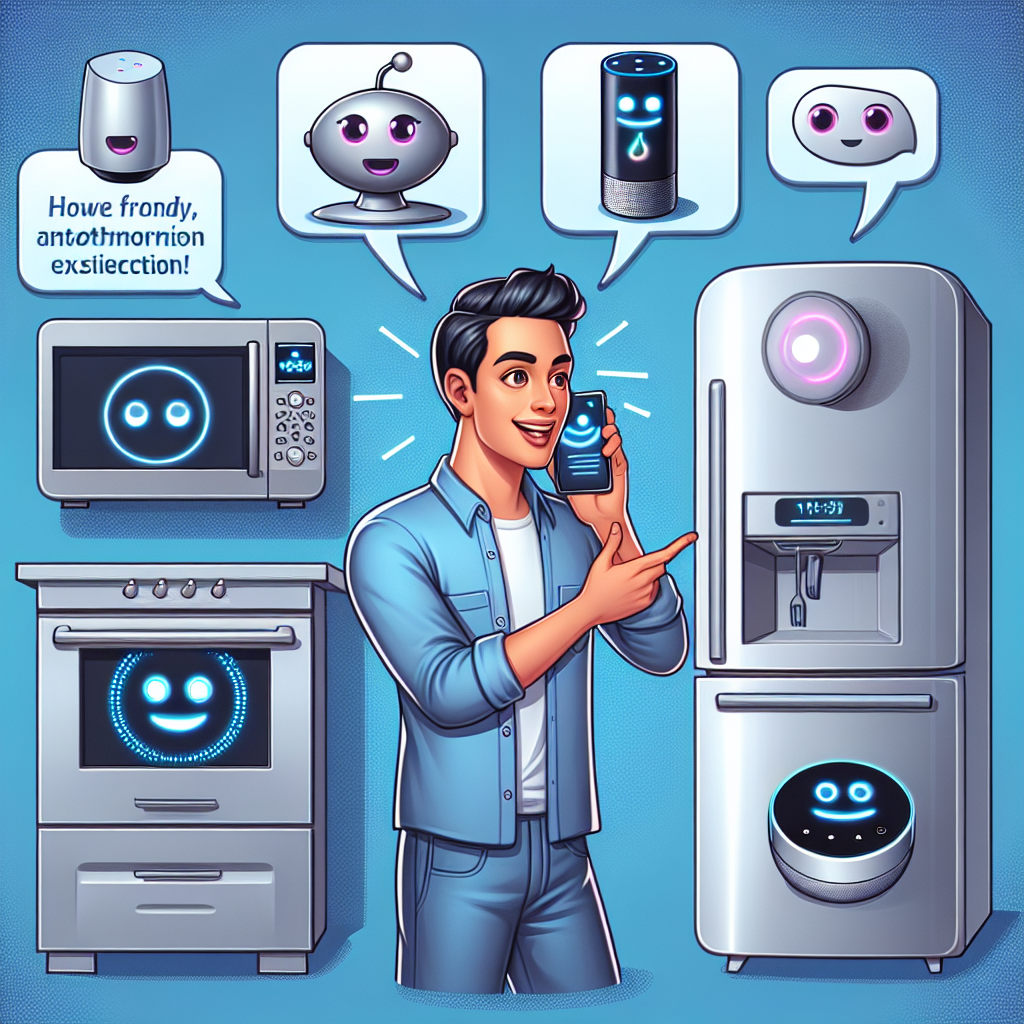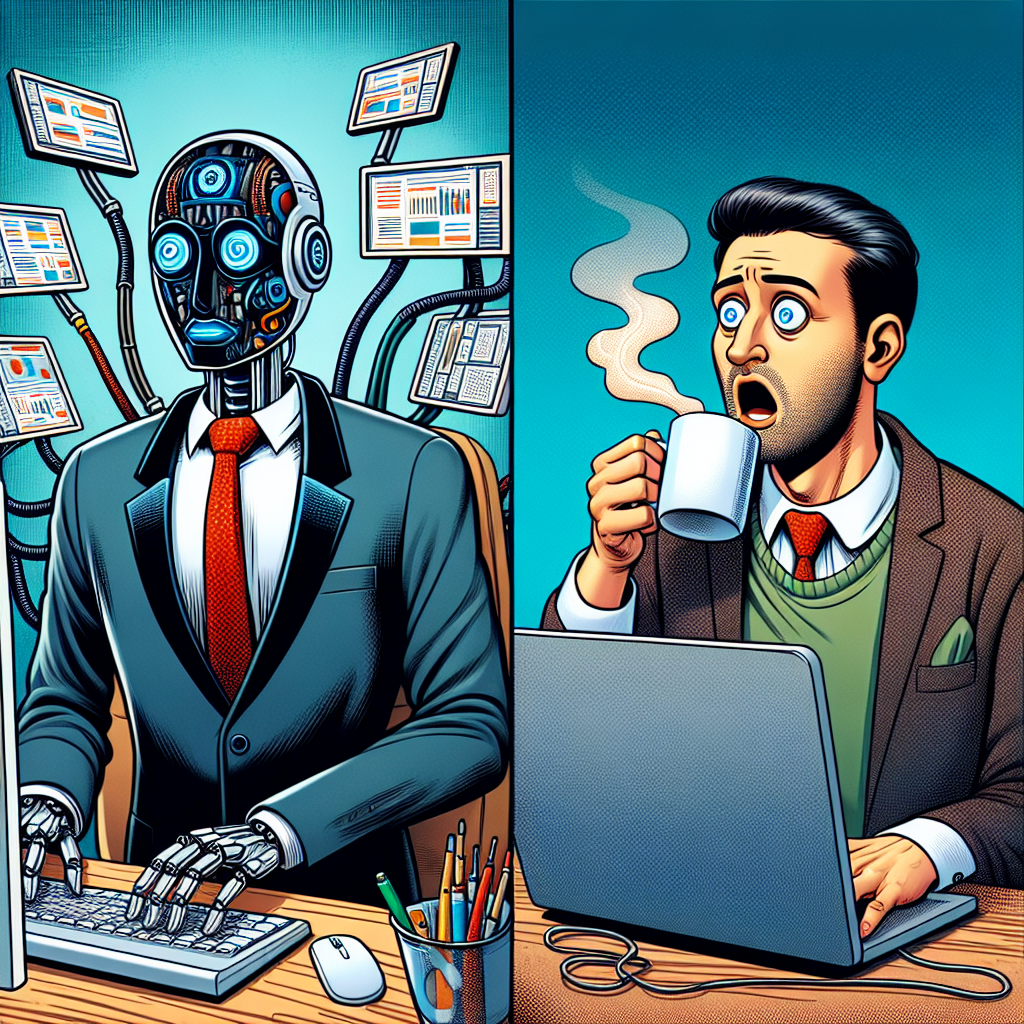The business world is undergoing a remarkable transformation, and artificial intelligence (AI) is at the center of it all. As we approach 2025, AI Software-as-a-Service (SaaS) platforms are not just changing how we work—they’re revolutionizing what’s possible for businesses of all sizes. Whether you’re a solo entrepreneur looking to maximize productivity, a small business aiming to compete with larger players, or a developer seeking innovative solutions, understanding these emerging machine learning trends is essential for staying ahead.
The beauty of these advancements is their accessibility. No longer are sophisticated AI tools reserved for tech giants with massive budgets and specialized teams. Small businesses can now build custom AI solutions without specialized coding skills. Today’s AI SaaS creation platforms are democratizing technology, putting powerful capabilities into the hands of everyone with an idea and the determination to bring it to life.
Let’s explore the five game-changing machine learning trends that will transform your business in 2025, opening doors to innovation that once seemed beyond reach.
Deep AI Integration: The New Standard for SaaS Platforms
The first major trend we’re witnessing is the deep integration of AI into SaaS platforms. By 2025, AI won’t be just an add-on feature—it will be the backbone of SaaS applications, fundamentally transforming how these platforms operate and deliver value.
For small businesses and startups, this means having access to sophisticated decision-making tools previously available only to enterprises with dedicated data science teams. Many small businesses are already winning big with these tools despite having zero coding skills. Imagine a marketing automation platform that doesn’t just schedule your social media posts but analyzes performance patterns, predicts which content will resonate best with your audience, and automatically adjusts your strategy in real-time.
A local bakery in Portland, for example, used an AI-integrated inventory management SaaS to reduce waste by 23% while ensuring popular items never sold out. The system learned from historical sales data, factored in weather forecasts, local events, and even social media buzz to predict daily demand with remarkable accuracy.
“We’re seeing AI SaaS platforms evolve from tools that help businesses do things faster to strategic partners that help them do things smarter,” notes a recent industry report. This shift represents a fundamental change in how businesses of all sizes can approach challenges and opportunities.
The best part? You don’t need to understand the complex algorithms working behind the scenes. The AI integration is designed to be intuitive, focusing on delivering insights and actions rather than requiring users to become AI experts themselves.
The Rapid Growth of Machine Learning Within SaaS
The second trend revolutionizing the AI SaaS landscape is the accelerated growth of machine learning capabilities. In 2025, we’ll see SaaS platforms leveraging machine learning to not only analyze past data but to make increasingly accurate predictions about future outcomes. The best AI SaaS solutions are already boosting businesses with these predictive capabilities.
For individual entrepreneurs and small businesses, this means having access to powerful predictive analytics that can inform strategic decisions. A freelance graphic designer can use ML-powered project management software to accurately estimate completion times, identify potential bottlenecks before they occur, and even suggest optimal pricing based on market demand.
What makes this trend particularly exciting is how accessible these sophisticated capabilities are becoming. Even users with minimal technical expertise can benefit from advanced machine learning through intuitive interfaces that translate complex predictions into actionable business recommendations.
A small e-commerce business selling handcrafted jewelry saw a 35% increase in revenue after implementing an ML-enabled SaaS platform that optimized inventory levels, recommended strategic product bundles, and personalized marketing messages for different customer segments—all without requiring the owner to understand the intricacies of machine learning algorithms.
By 2025, almost 75% of SaaS companies plan to embed AI into their products, making machine learning capabilities a standard feature rather than a premium add-on. This widespread adoption is driving innovation and making sophisticated predictive capabilities accessible to businesses of all sizes.
Automated Feature Engineering: Simplifying Machine Learning
The third trend poised to transform businesses in 2025 is automated feature engineering. This may sound technical, but its impact is profoundly practical: it’s making machine learning models faster to develop, more accurate, and accessible to non-technical users.
Feature engineering—the process of identifying which variables in your data are most important for making predictions—has traditionally been one of the most time-consuming and expertise-dependent aspects of creating AI applications. In 2025, AI SaaS creation platforms will increasingly handle this complex task automatically.
For developers, this means being able to build and deploy ML models in days rather than months. For entrepreneurs and small business owners with limited technical backgrounds, it means being able to leverage sophisticated AI capabilities without needing to understand the technical details.
A real estate agency with just five agents used an AI SaaS platform with automated feature engineering to create a home valuation model that rivaled those used by major brokerages. The system automatically identified which factors—beyond the obvious square footage and location—most influenced home prices in their specific market, discovering valuable correlations that might have taken data scientists weeks to uncover.
“Automated feature engineering is like having a data scientist working around the clock to find patterns in your business data that you might never have noticed,” explains a software engineer who has helped several small businesses implement AI solutions. “It’s particularly valuable for small teams that don’t have the resources to hire specialized data science talent.”
This development is a perfect embodiment of Zygote.AI’s philosophy: making sophisticated AI capabilities accessible to everyone, regardless of their technical expertise, and enabling innovation without requiring coding skills.
The Rise of Low-Code Platforms: Democratizing AI Development
The fourth transformative trend is the continued rise of low-code platforms specifically designed for AI application development. By 2025, these platforms will make creating custom AI solutions as straightforward as building a presentation or spreadsheet.
Low-code AI development platforms are revolutionizing who can participate in the AI revolution. According to the AI Industry Landscape Report 2025, these platforms are democratizing access across various vertical sectors. Instead of requiring extensive programming knowledge, these platforms use visual interfaces, drag-and-drop components, and pre-built templates to allow users to create sophisticated AI applications with minimal coding.
For small team companies, this means being able to create custom solutions tailored to their specific needs without the expense of hiring specialized developers. For individual entrepreneurs, it means bringing innovative ideas to market quickly, even with limited resources.
A one-person accounting consultancy built a custom client onboarding system using a low-code AI platform. The system automatically extracts relevant information from documents, learns client preferences over time, and provides personalized recommendations—functionality that would have cost tens of thousands of dollars to develop traditionally.
“Low-code platforms are removing the technical barriers that once prevented great ideas from becoming reality,” says a founder who launched a successful AI SaaS product despite having no formal programming background. “Now, domain expertise and understanding of customer needs are becoming more important than coding skills in creating valuable AI applications.”
This democratization of AI development aligns perfectly with the core mission of platforms like Zygote.AI, which emphasizes enabling individuals and teams to create intelligent applications without coding skills, fostering innovation by making the tools of creation accessible to all.
Intelligent Collaboration Tools: Enhancing Team Productivity
The fifth trend reshaping business in 2025 is the emergence of intelligent collaboration tools that go beyond simple communication to actively enhance how teams work together. These AI-powered tools understand team dynamics, individual work patterns, and project requirements. Digital workers are fundamentally changing how teams collaborate to create smarter working environments.
For small businesses and startups, these tools provide enterprise-grade collaboration capabilities without enterprise-level complexity or cost. They automatically organize information, highlight important updates, suggest optimal meeting times based on team productivity patterns, and even help identify potential bottlenecks before they impact projects.
A distributed marketing team of seven people increased their productivity by 40% using an intelligent collaboration platform that automatically transcribed and summarized meetings, tracked action items without manual input, and used AI to ensure information was shared with the right team members at optimal times.
“The best intelligent collaboration tools fade into the background,” notes a project management expert. “You don’t feel like you’re using AI—you just notice that somehow, communication is clearer, less information falls through the cracks, and your team seems more in sync than ever before.”
What makes these tools particularly valuable is their ability to learn and adapt to your team’s unique working style. Rather than forcing everyone to adopt new workflows, the AI adjusts to enhance your existing processes, making the technology feel like a natural extension of your team.
Customizable AI Digital Workers: Boosting Productivity
Beyond these five core trends, we’re also seeing remarkable developments in customizable AI digital workers. These AI assistants are moving far beyond simple chatbots to become capable of handling complex, multi-step processes with minimal human intervention.
For individual entrepreneurs juggling multiple roles, these digital workers can handle repetitive tasks like scheduling, email management, basic customer inquiries, and data entry—freeing up valuable time for strategic thinking and creative work. Small businesses can deploy these assistants across departments, from customer service to marketing to operations, creating a flexible workforce that scales with demand.
What makes this trend particularly exciting is the increasing customizability of these digital workers. Rather than one-size-fits-all solutions, 2025’s AI assistants can be tailored to understand your specific business context, terminology, and processes.
A small legal practice implemented digital workers to handle client intake, document organization, and initial case research, allowing their human staff to focus on the complex legal analysis that truly required their expertise. The result was a 30% increase in the number of cases they could handle without adding staff.
This development aligns with Zygote.AI’s vision of highly customizable AI digital workers that cater to specific industry needs, helping businesses achieve more with the resources they have.
Personal Use AI Products: Empowering Individual Innovation
The transformation extends beyond business applications to personal use AI products that enhance individual productivity and creativity. These tools are helping entrepreneurs and professionals work smarter, not harder.
From AI writing assistants that help craft better communications to personal knowledge management systems that organize information according to your thought patterns, these tools are becoming indispensable for maximizing individual potential.
A freelance developer used personal AI tools to automate documentation, generate test cases, and provide code suggestions, effectively doubling his output while maintaining quality. This allowed him to take on more clients and increase his income without working longer hours.
As these personal AI products become more sophisticated, they’re creating a foundation for entrepreneurial growth, helping individuals transform their expertise into scalable businesses by automating routine aspects of their work.
Sharing and Selling AI Products: Creating New Revenue Streams
Another exciting development is the emergence of platforms that allow users to share and sell their custom AI solutions. In 2025, we’ll see thriving marketplaces where individuals and small teams can monetize their innovative AI creations.
This trend is particularly powerful because it combines the democratization of AI development with new opportunities for revenue generation. Someone who creates a custom AI workflow for their own business can now easily package and sell that solution to others facing similar challenges.
A boutique marketing agency created a specialized AI tool for analyzing social media engagement patterns. After using it successfully with their clients, they offered it as a standalone product on an AI marketplace, creating a passive income stream that eventually matched their consulting revenue.
This community-driven innovation model, where users become creators and sellers, represents a significant shift in how software is developed and distributed. It aligns perfectly with Zygote.AI’s philosophy of building an open market where users can share and sell their AI SaaS products, promoting continuous innovation and growth.
The Future of Work: User-Friendly AI Tools for Everyone
As we look toward 2025 and beyond, one thing is clear: the future belongs to user-friendly AI tools that make powerful technology accessible to everyone. The businesses that thrive will be those that embrace these tools to augment human capabilities, automate routine tasks, and unlock new possibilities.
What’s particularly exciting about this future is its inclusivity. Unlike previous technological revolutions that often created winners and losers, the AI SaaS creation platform revolution is designed to empower everyone—from solo entrepreneurs to small business teams to experienced developers.
The philosophy driving platforms like Zygote.AI—making creation accessible to all through user-friendly interfaces and no-code solutions—is reshaping what’s possible. When everyone can participate in creating AI solutions, we all benefit from a diversity of perspectives and innovations that address a wider range of human needs.
As we embrace these transformative machine learning trends, we’re not just adopting new technologies—we’re opening doors to innovative possibilities that will help businesses of all sizes thrive in an increasingly AI-driven world. The AI SaaS creation platform revolution is making it possible for anyone to build and sell their own AI applications.









